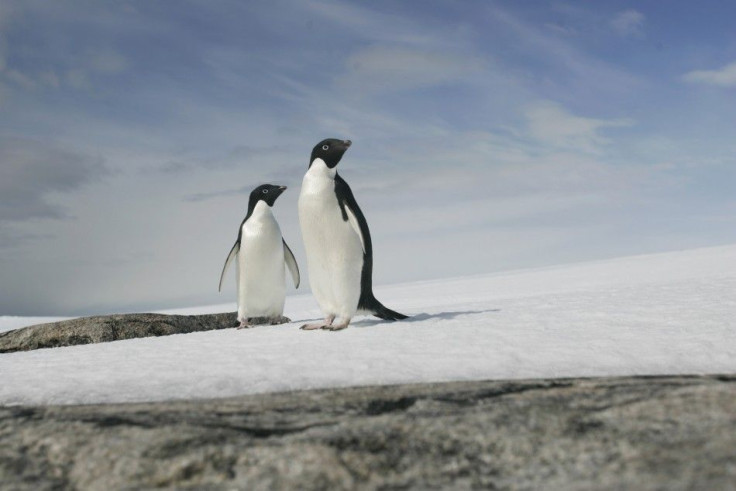Antarctica's Blood Falls Might Be Due To Underwater Life, Suggest Researchers

The ice at the Taylor Glacier seems to be wounded with red colour nowadays because of the weathering activity of the bedrock below the ice. The recent “Blood Falls” created by the weathering of bedrock, an activity facilitated by the microbes, has raised curiosity among researchers. The scientists started to believe that the ground in Antarctica holds liquid water, which might have something more than a normal microbial life.
The blood falls are known to return a few times in a decade and these are believed to be the spots where the ground water comes in contact with the surface of the ice. According to the scientists, the falls take place whenever there is a change in the weight of the ice above the ground water.
A study conducted by Dr. Jill Mikucki and her team at the University of Tennessee in Knoxville revealed that the water beneath Antartica's ice might be more extensive than originally thought. During the study, the researchers made use of an electromagnetic sensor which was attached to a helicopter. The sensor measured the electrical resistivity in the ice-free areas of the Taylor valley.
Making use of their knowledge about the changes in resistivity according to the level of frozen soil water, the team measured the level of sub-surface water in the valley areas where resistivity readings were low. The researchers found that large bodies of water exist 185 metres below the icy surface of the Taylor valley. The liquid bodies were found to form aquifiers that stretch from the valley to the Ross Sea.
"This may be the most different of all liquid water reservoirs on Earth since it is not directly replenished by infiltrating rainwater or seasonal snowmelt. It certainly is the least understood component of the hydrological system on our planet, because it is hidden beneath either permafrost or the ice sheet," said Slawek Tulaczyk from the University of California.
Although the water below the ice is cold and too salty, the researchers believe that it is unlikely that the water which streams out of the blood falls is lifeless. According to the lead researcher, Mikucki, the presence of microbes in the underground water supports the idea that life exists throughout Antarctica's frozen subsurface.
To report a problem or to leave a feedback on the article, send an e-mail to emailtoguneet@gmail.com.





















